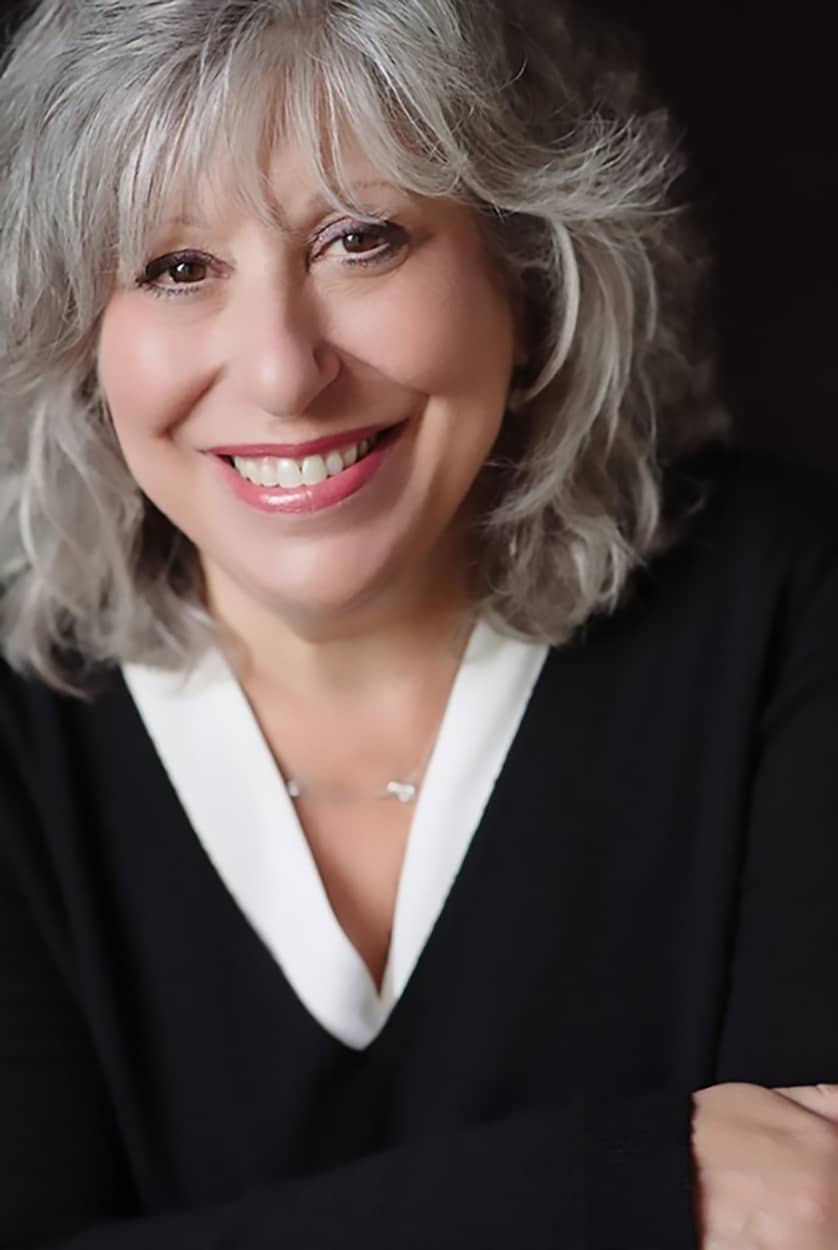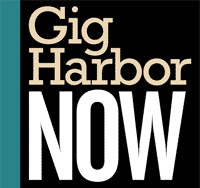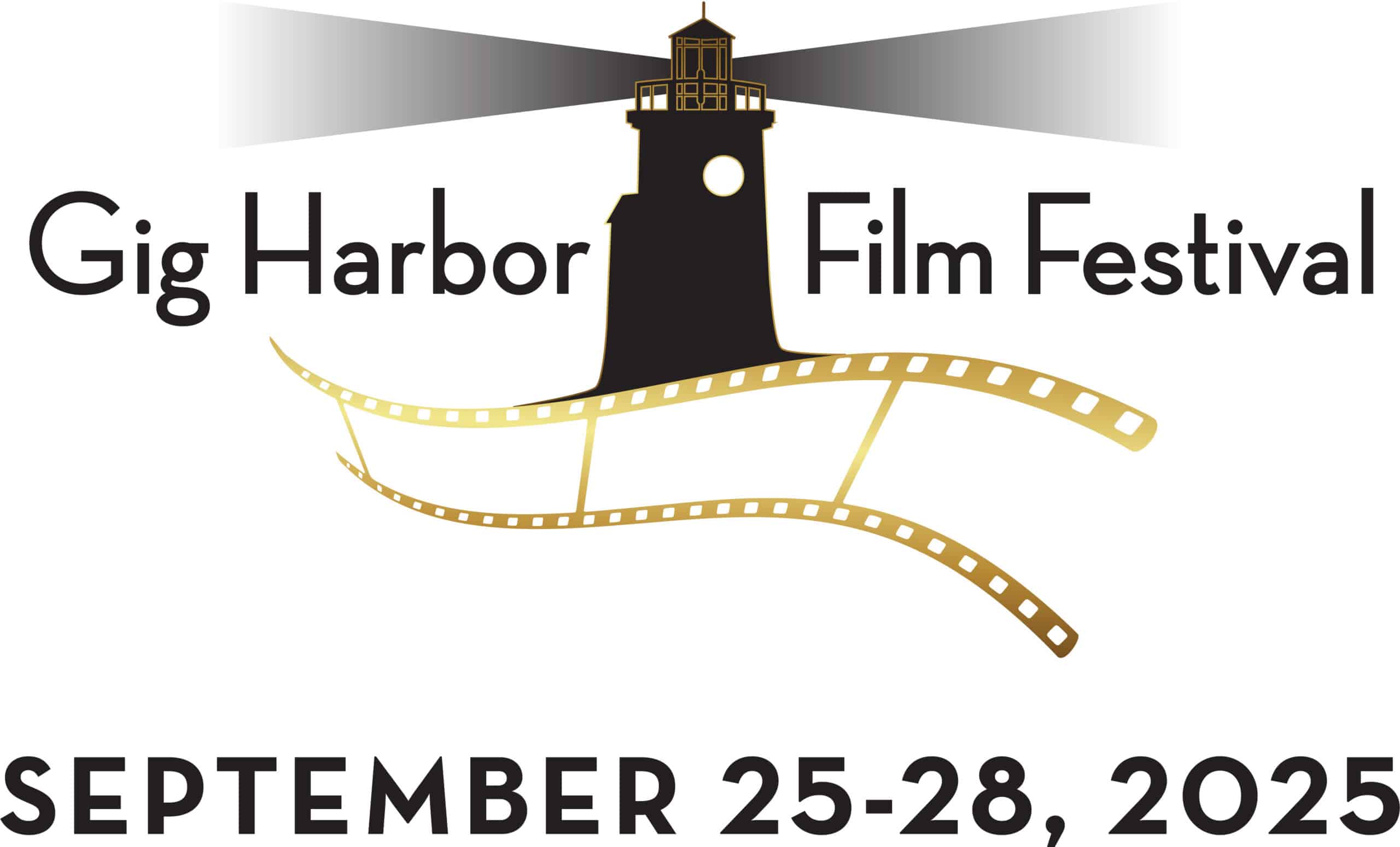Arts & Entertainment Community
A conversation with new Peninsula Art League President Robin Avni
With deep roots in both journalism and art, Robin Avni has cultivated a career in design and visual storytelling everywhere from The Seattle Times and the Philadelphia Inquirer to the floral lifestyle books that she and her current business partner have published over the last several years. Over the years of career and family (Avni specifically wanted to give a loving shout-out to her husband of 30 years, Marc, their three children, Yael, Ben, and Isaac, and their “two amazing grandchildren,” Grace and Michael), Avni has served on several arts boards and arts commissions, always keeping her feet firmly planted in the art world.
Arts & Entertainment Sponsor
Arts & Entertainment stories are made possible in part by the Gig Harbor Film Festival, a proud sponsor of Gig Harbor Now.
Avni recently became the president of the Peninsula Art League. She sat down with Gig Harbor Now’s Carolyn Bick to chat about her career and what she’s excited about for PAL’s 2025.
This interview has been lightly edited for length and clarity.
Gig Harbor Now: So, before we started this conversation, you kind of threw me a curveball about having been a journalist. Tell me about your career in journalism leading into art.
Robin Avni: I began in journalism. My major in college was journalism and fine art. So it was a combination, and I originally wanted to be an art major. This is the story I always tell. I originally wanted to be an art major.
But when we did sign-up (for college courses), it wasn’t on computers. You had to get these cards. So, you’d stand in line at the field house trying to get the card to register for class. You had to wait for those physical lines. And I’m in this ridiculously long line, and when I got there, all the spots were filled for the beginning art student classes in college.
So, instead, I took a communications course, and kind of fell in love with the idea of communications. But I also still minored in art. That’s the way I could get around it. Which is probably, through the wonderful journey I’ve had, a good thing. But I always like to say, “Now I finally came back around to what I wanted to do when I was in college.”
I became a designer, and photo editor, and all of these things. I went into journalism as a designer. I also wrote, but it was mostly as a designer/photo editor. I combined that art interest and that design eye into my career, which I was very lucky to do.
I worked my way up in newspapers — you know the drill.
I worked for the Courier Post in New Jersey. Then I went to the Philadelphia Bulletin. … (At the Bulletin,) I got to cover things like Princess Diana’s wedding, or Prince Charles’ wedding.
And also mob hits and all sorts of stuff, sending out photographers to mob hits. But then I ended up … in Sacramento. So I went out there, and then I came back to Philadelphia.

Robin Avni
I decided I wanted to do magazine design, and the Seattle Times had an opening. And that’s how I ended up out here in Seattle. I was lucky enough to get the job for their Sunday magazine. And I was their art director, creative director for a number of years, before I went to Microsoft. I actually won a national photo editing award while I was … at The Seattle Times.
I actually met my husband [Marc] at third base playing softball out here. And loved it out here — I mean, obviously, I stayed. But I became very interested in online (journalism). And it was like AOL at the time and some other new, online services. And I felt the strong potential in that for the broader reach.
I was lucky enough to be able to end up going to Microsoft to help launch MSNBC News, to also be part of the launch of MSN online … and also grow into interactive design, and eventually worked on their major product, Windows. (It was a) wonderful, wonderful experience, and I’m grateful every day for all the things that Microsoft brought to me, in terms of broadening my experience and my skills and all of that.
But while I was doing all that, I was also on the board of the Bellevue Arts Commission. Then, after that, I became on the board of the King County Arts Commission, which is now called 4Culture.
And I taught at art schools.
After I left Microsoft, and I was doing customer research work — which I loved, by the way. I’ve loved everything in my career and the work I do. I’ve been very fortunate to be able to do that — I went back (to school) and got my master’s degree at the University of Washington in digital media and visualization. I was really interested in how digital media impacted creativity and visual communication.
So, I got my master’s and then I began teaching. I taught in the graduate program at the University of Washington that I had graduated from, and I got a teaching gig at Cornish College of the Arts.
I always kept my foot in the art world somehow. It was through design, or through work, or through my volunteer work with the different arts commissions.
I’m (also) on the state arts commission. I’ve been on that for four or five years now. It’s always been very important to be engaged that way.
That was a very long-winded answer.
GHN: I think that was a great answer!
Was there anything, like, when you were a kid that really just made you go, “Oh! Art!”? What happened?
Avni: That’s a very good question. Well, I have to say that I was always attracted to the creative bit, and I think it was a retreat and a safe space for me.
My mom died when I was very young. I remember coloring, and doing all of that. And I will give a prop to my stepmom, who always encouraged that creative side of me. I got a lot of positive support for that, as well as my academics, so it was always a mix of the two for me.
I always saw art as self-expression, but also, for me, a way that I manifested into making a living doing creative work, which is why I also believe in the mentoring aspect of it, and why I also believe in the giving-back, and why I believe in arts education — all of those things, because they do a lot of wonderful things, everything from encouraging creativity to finding a way for people to find a space where they belong.
GHN: So for you, when you transitioned from sort of creating art for yourself to creating art for the wider world, what did that look like?
Avni: The way I translated it in the beginning was through design — through photo editing, design, and telling a story with visuals. I’m a storyteller, you know?
And that’s what I do. I mean, that’s what I do now with the books I design. I have a business partner, and we do books on the floral lifestyle. We began during COVID, and we had our own small publishing company for many years, where we published about five or six books. Some won some national awards. We got good press coverage. To me, that is the best example of what I love to do, which is to tell those stories through imagery and design.
I love printmaking. No surprise. I love small books. I love collage — these are all things that tell stories. And so, basically, I’m a visual storyteller, and that’s how I like to look at these books.
I didn’t design (the upcoming) book (The Flower Farmers, releasing May 6, 2025). I designed all the others, but this is from Abrams Books in New York. They came to us because of all the books we had published on our own.
In working (on that), my partner counted up all the photo people, photojournalists we worked with — because we had basically a mix of assigned and pickup art and all of this — and she goes, “You realize you worked with 60 different photographers?”
I had no idea. It’s like a lifetime of managing designers and artists. It’s a great joy because when you work with good photographers, it’s magic. You can see it come.
GHN: How did you get involved with Peninsula Art League?
Avni: We moved to Gig Harbor from Issaquah six years ago. So, when I moved down here, I was interested because I thought, “Oh, there’s this group here.” And so I joined.
I was still working at the time, commuting back up to Bellevue, et cetera, and it wasn’t clicking for me, so when the pandemic happened, I just didn’t renew my membership (with PAL).
But I got on the Gig Harbor Arts Commission, and I was there for many years, actually, with (Gig Harbor Now reporter) Charlee Glock-Jackson. Charlee and I wrote the first cultural plan together for Gig Harbor. I was part of that group she pulled together.
I was very involved, and I met other people who were engaged in the Peninsula Art League and got brought back in, if you will. So, as I got brought back in, it was when Colette (Smith) was president. She was moving things forward for the League in different ways, and I felt that I was very interested in becoming a part of it again.
GHN: So that was really very recently then, if I’m not mistaken?
Avni: Yeah, it was about a year-and-a-half ago, two years, yeah.
GHN: And now you’re the president, so, I guess let’s take it from there: You joined. You were part of the board. How did you go from board to president?
Avni: (After Colette resigned), in talking with the other board members, they were like, ‘Well, why don’t you take it?” I’m like, “I don’t know.”
And they’re like, “No, please, please. We’ll stay on.”
That’s how I ended up being president. We all felt responsible to the community, and we wanted to make sure that PAL continued to thrive. So, all of us remained. And I look at myself as the person who’s just in the spot (of president), because the board itself is such a high-functioning board.
You know Josi (Callan). She’s a major mover and shaker. Our treasurer, Ketty Lane, and Heide Solandros, who I think you’ve met — I could name every single one of (our board members) and the strength they bring to the board. So, really, all it is is, I look at myself as I’m responsible for arranging meetings and making sure we all talk and that we all keep moving forward.
Steve (Hammond) and Bill (Wachtler) bring incredible marketing expertise. Barbara Bleich just joined our board. She’s an amazing artist. Suzanne (Leichman) brings the years the legacy in the years of expertise and … oh, my God, (Stephenie Cardinal). I love Stevie. She has the spirit. She has that spirit that she brings to the board. She’s been a member of PAL forever, and it’s the kind of soul who helps us remember our empathy and our compassion.
It’s not just me (driving PAL). It’s the board as a whole. It really is. I ended up as president, because somebody really needed to fill the spot of president and to be that point person. I like being a point person. That’s good. It’s in my skill set. But everybody else brings their talents to the table, and that’s the only way I agreed to accept being president.
It’s not a hierarchy. I don’t look at it that way. None of us do. Our goal is to get art out there and get opportunities for artists to be seen and others to learn about art.
Everybody is carrying something on the board.
GHN: What are you excited about for PAL, in the coming year?
Avni: I’m glad you asked.
What’s happening now is, in the spring, the PenMet (Community Recreation Center) will open. They don’t have an exact date in the spring, but there’s an art wall that PAL has our name on, which is part of our agreement with them. We will be curating the art wall.
I’m very excited about that, because it’ll be a rotating art wall, and it’ll have other community involvement with the art wall. It’s not just all PAL artists, but PAL artists are going to kick it off. So I’m very excited about that. And I’m very excited about our member shows, because our first member show for the spring will be on that kickoff of when they open the Recreation Center.
We’re very excited about our continued collaboration with PenMet. The summer member show will be at Sehmel Park again.
And we’re doing other collaborations this year. This is, I guess, our year of continuing collaboration, because we had a very successful show (the Small Works show) this year at the Ebb Tide Gallery, which is still going on.
(The show) brought more people into the gallery who normally wouldn’t. We’ve sold (several) pieces. it was a win-win for both of us.
And we’re looking for other ways to do that. For example, we’re also partnering with the Gig Harbor Studio Tour. They’re going to have a booth at the (PAL summer festival) — not selling, but information. And we’re going to have a booth at their tour. We’re also supporting each other.
We are also talking with the Downtown Waterfront Alliance about how we can be engaged with them on a variety of things. We’ve had some meetings with them. We’re looking to see if we can get our plein air artists involved (in Chalk the Harbor).
We also are adding in what we’re calling studio talks, which are just two-hour studio talks on a Saturday morning every other month, so you can come hear about an artist and their process and how they do it.
What we also found last year was very successful was when we brought in speakers — which is available for free to everyone, by the way. You do not have to be a PAL member.
And then the workshops, which are not free, which we try to keep at a reasonable price. We usually, when we have a workshop, we pair it with a talk.
So these are all different ways that we’re partnering.
To use the cliché expression, “We stand on the shoulders.” But I do mean that. The original founders of PAL, from all those many years ago that incorporated this and had the vision — it’s all because of their hard work. This survived the pandemic, and it’s moving forward and it’s growing, and we love that, but it couldn’t have all happened without kind of this initial vision that they had — “Hey, you know, we all like art. Maybe we should get together and try to have a place where people can come and experience that.”
Transparency disclosure: Carolyn Bick is a member of Peninsula Art League.

